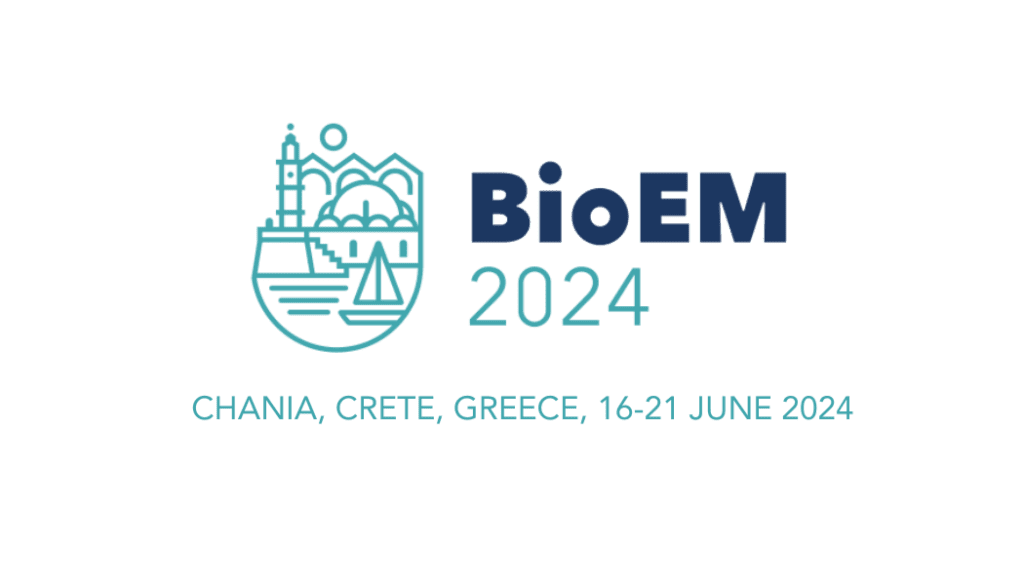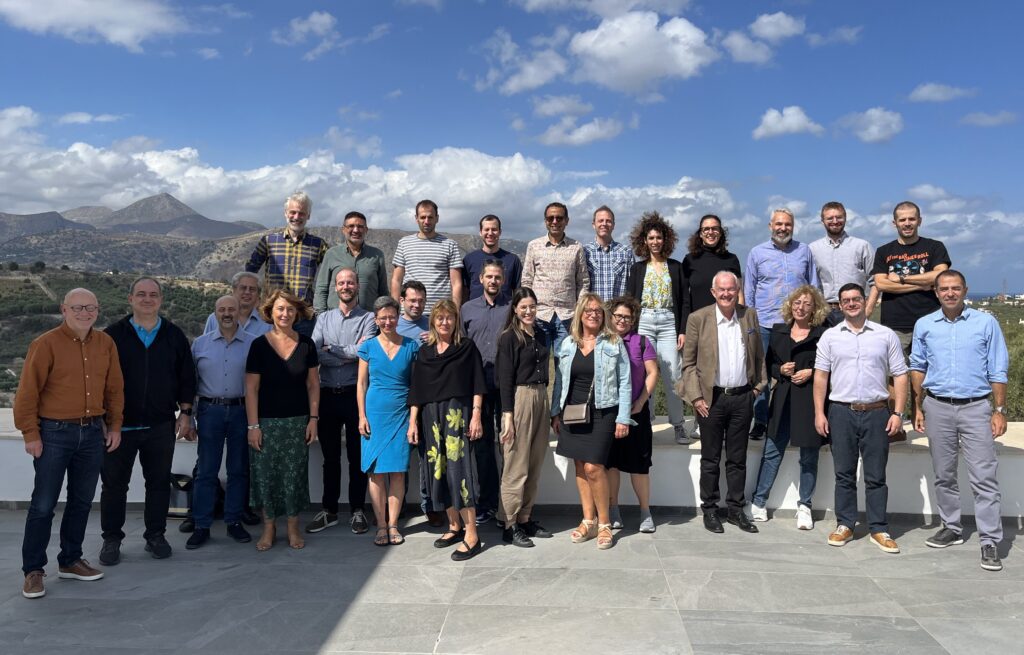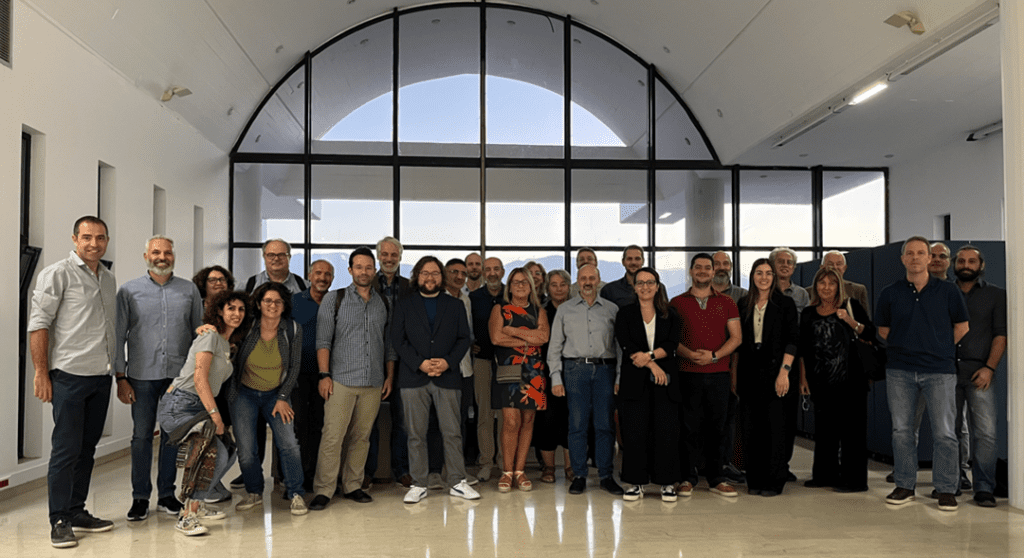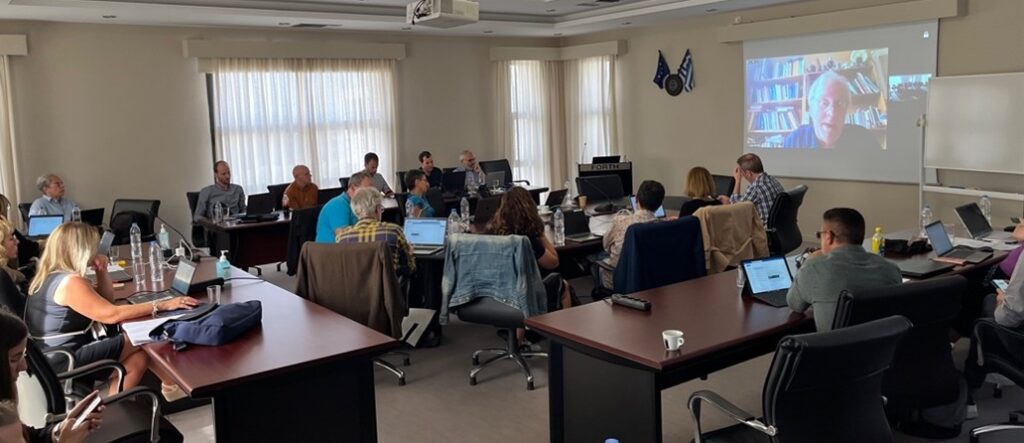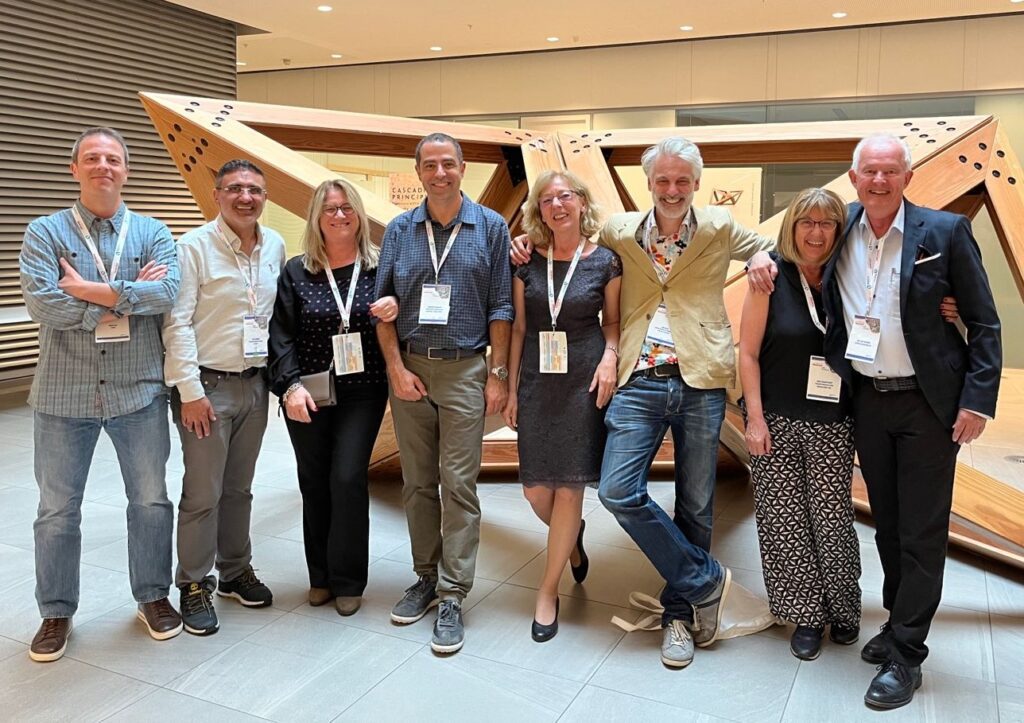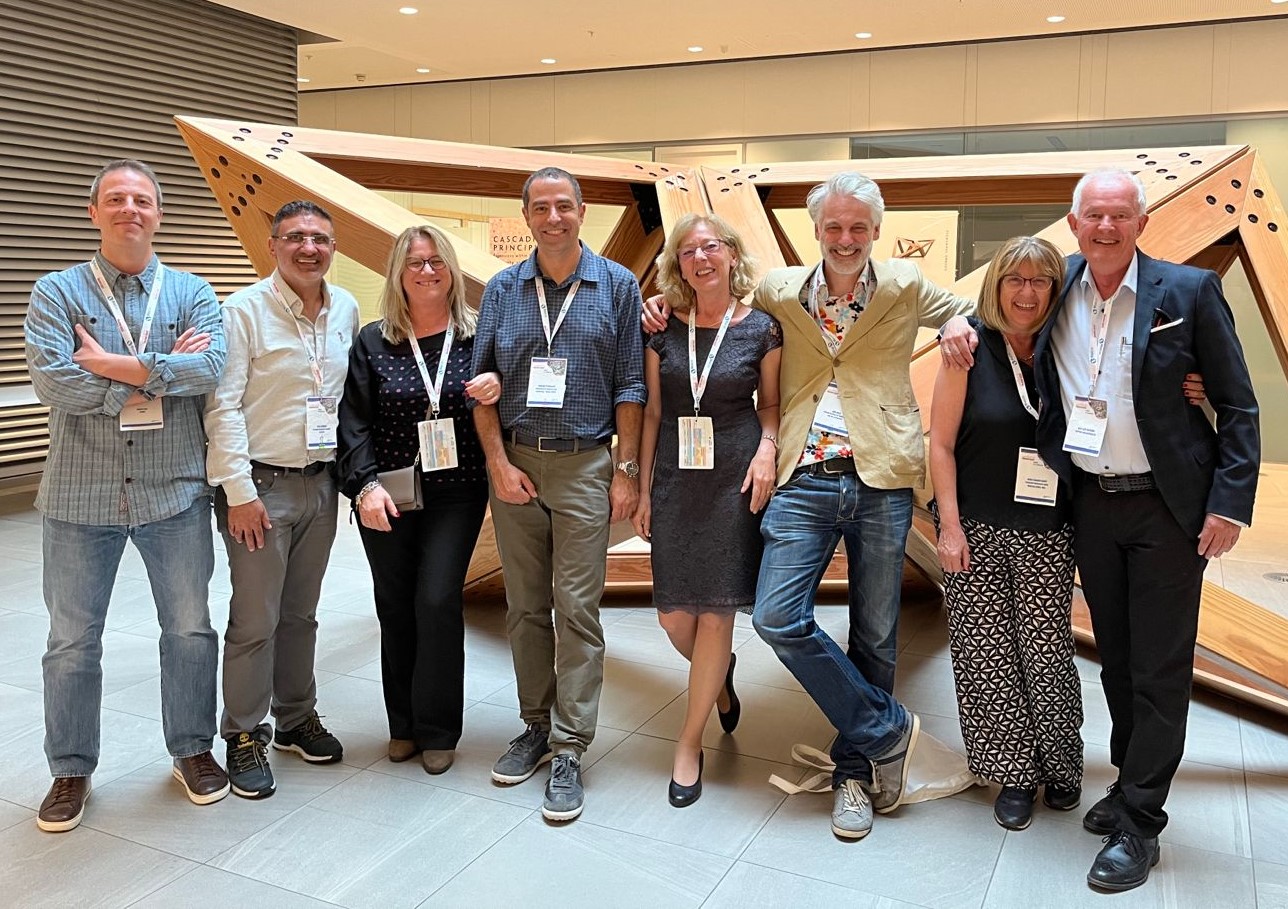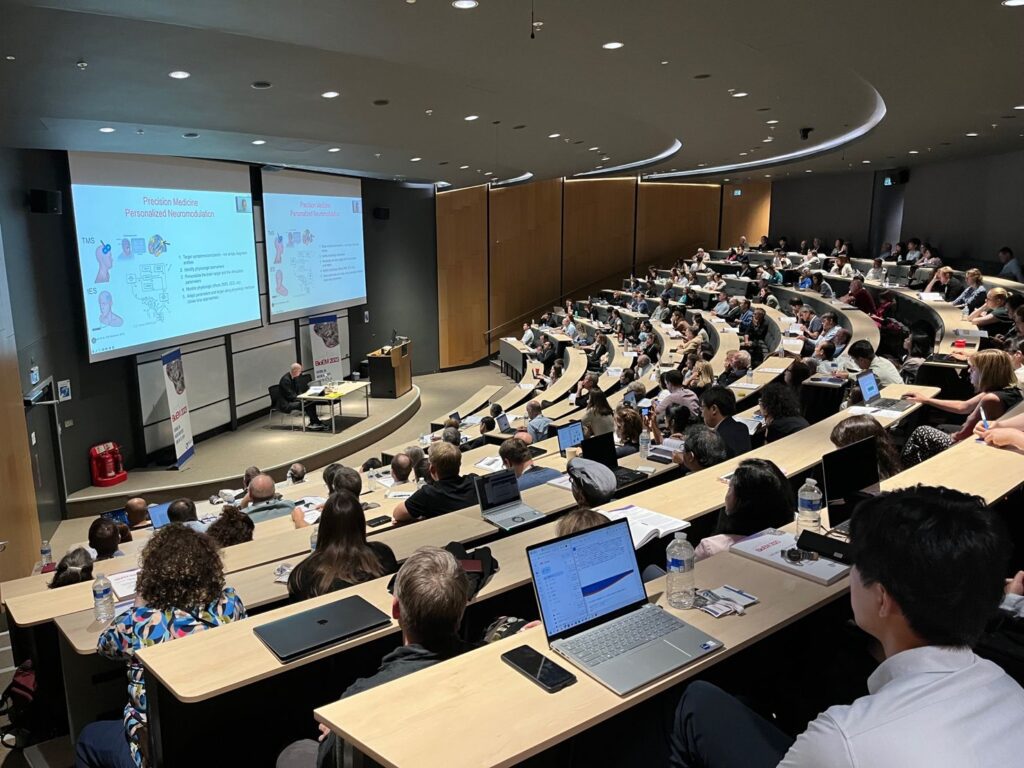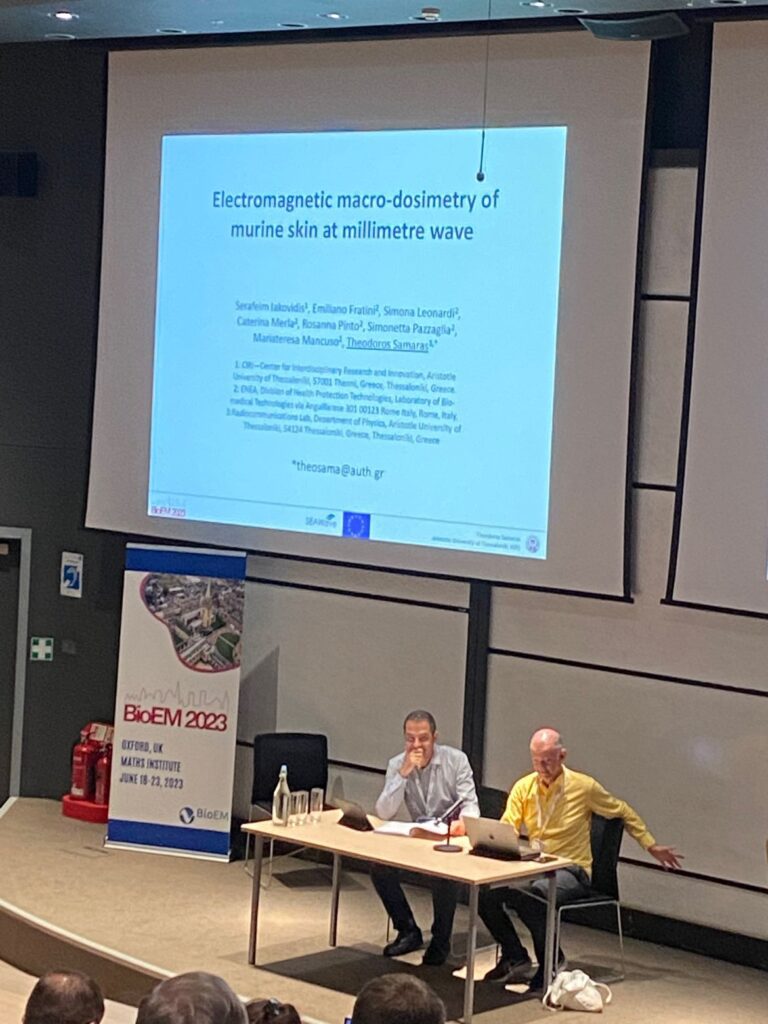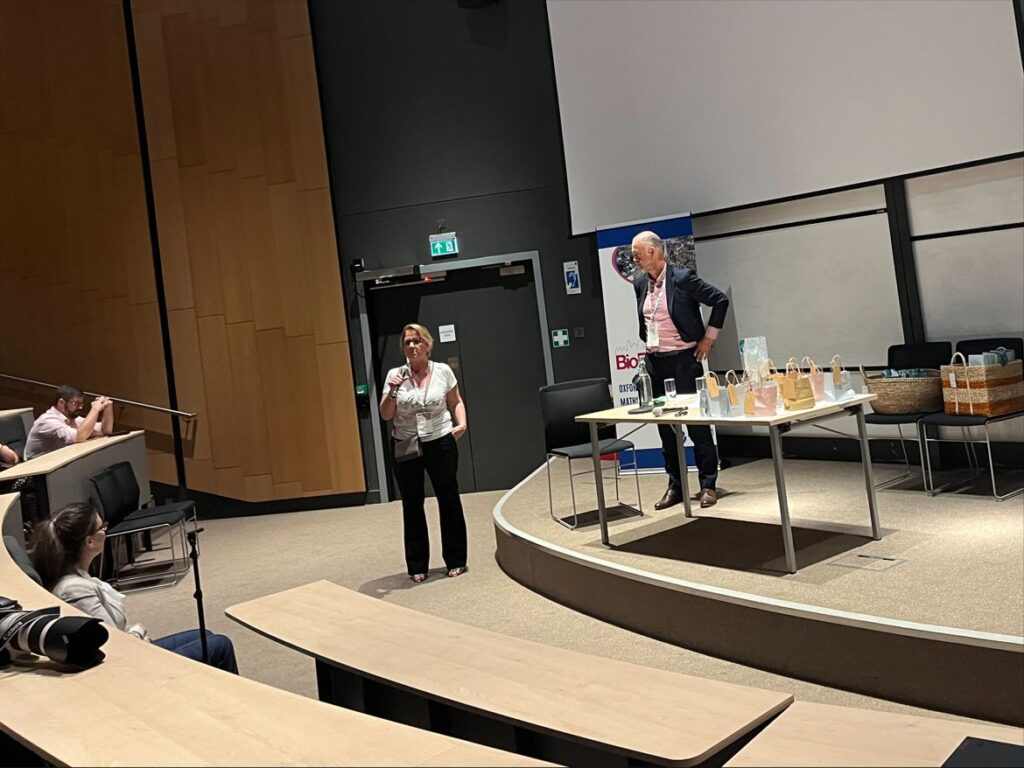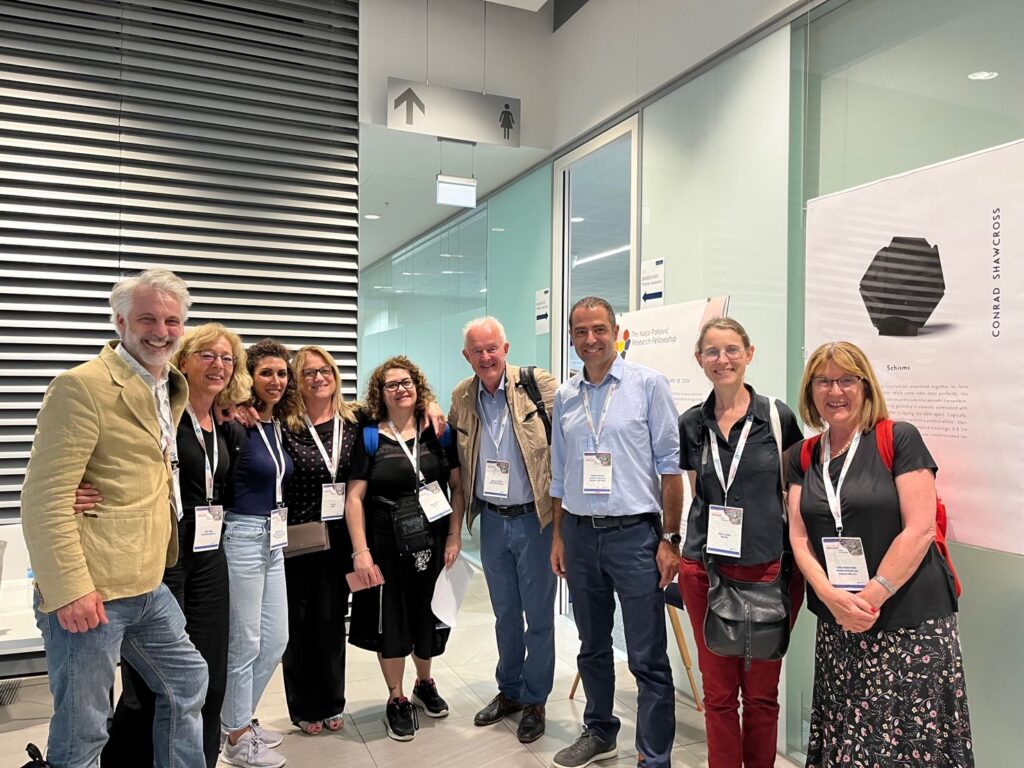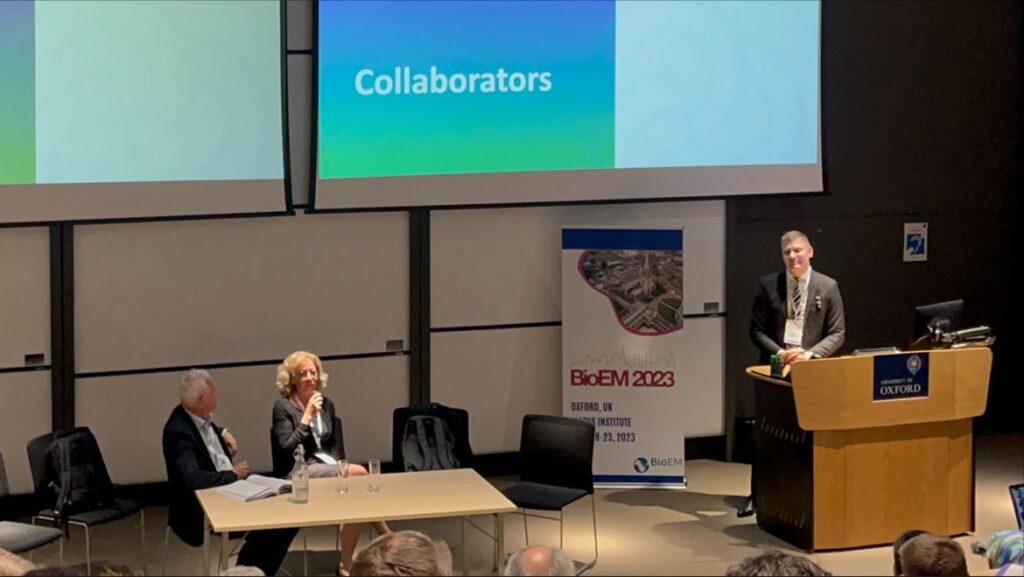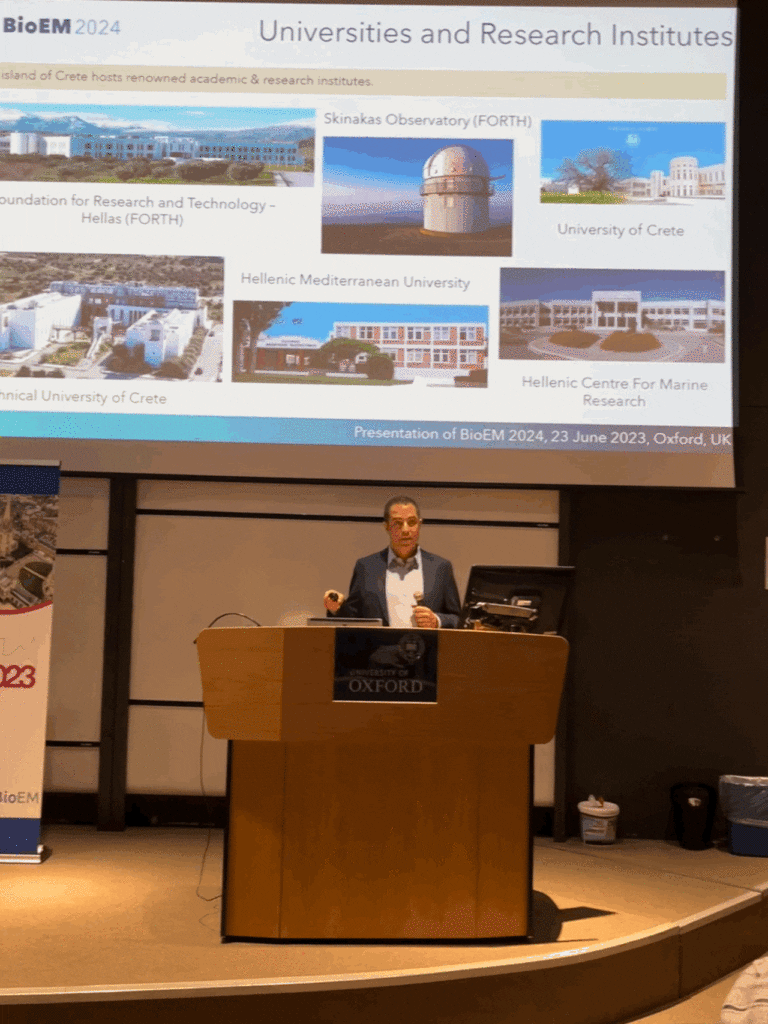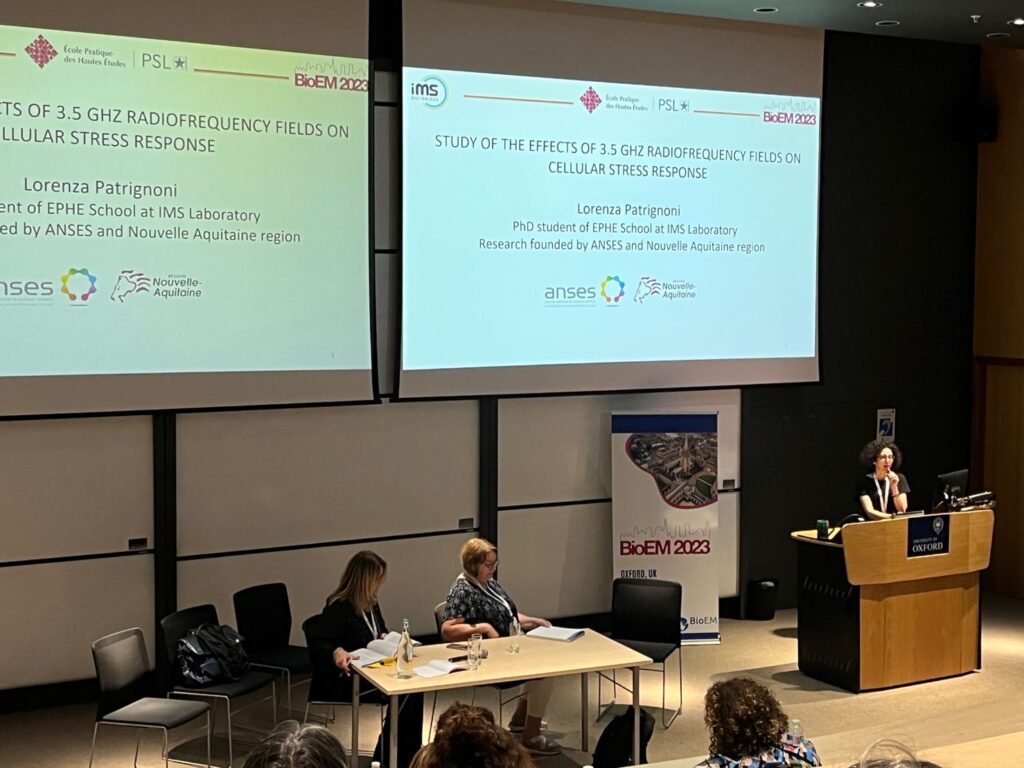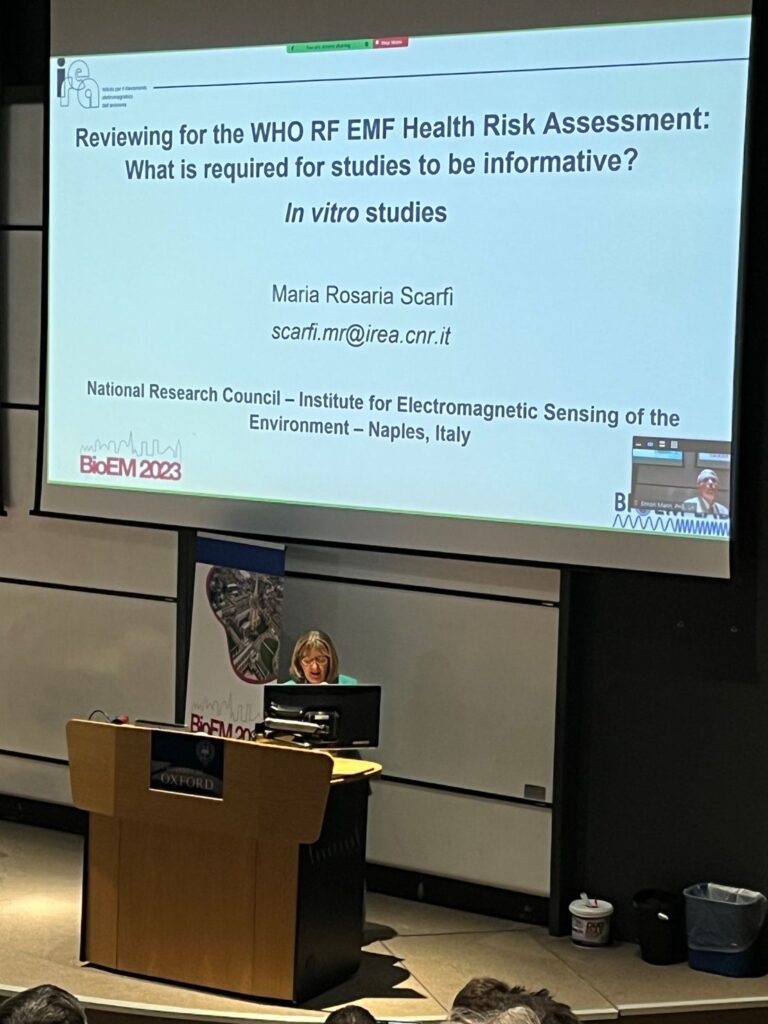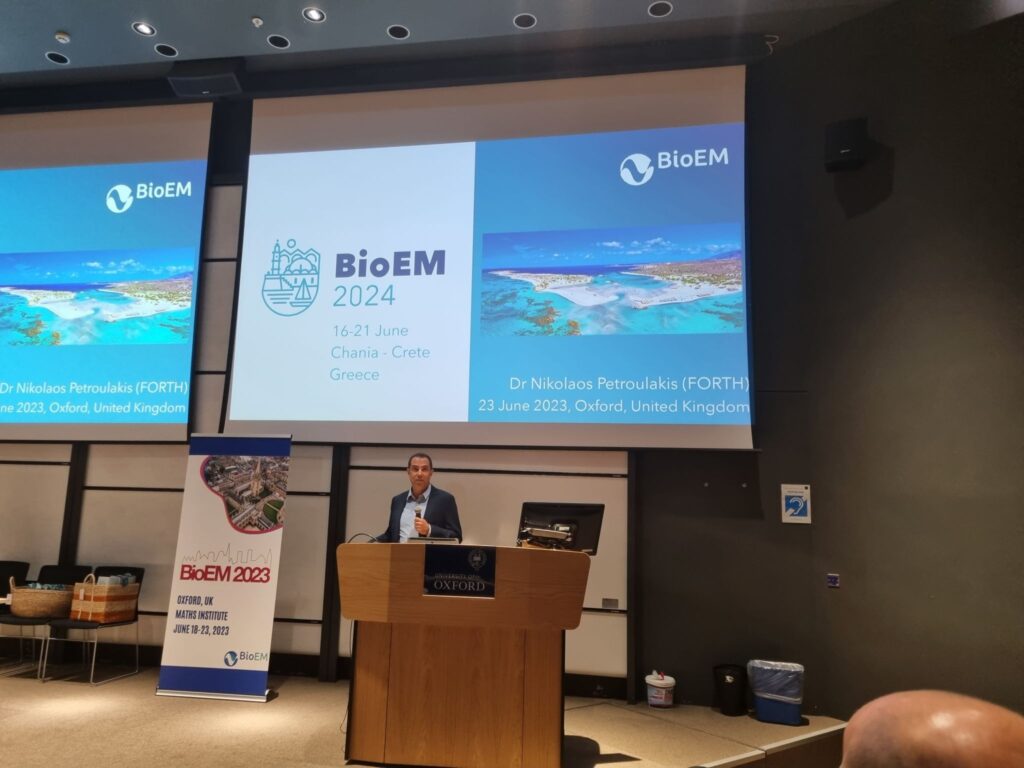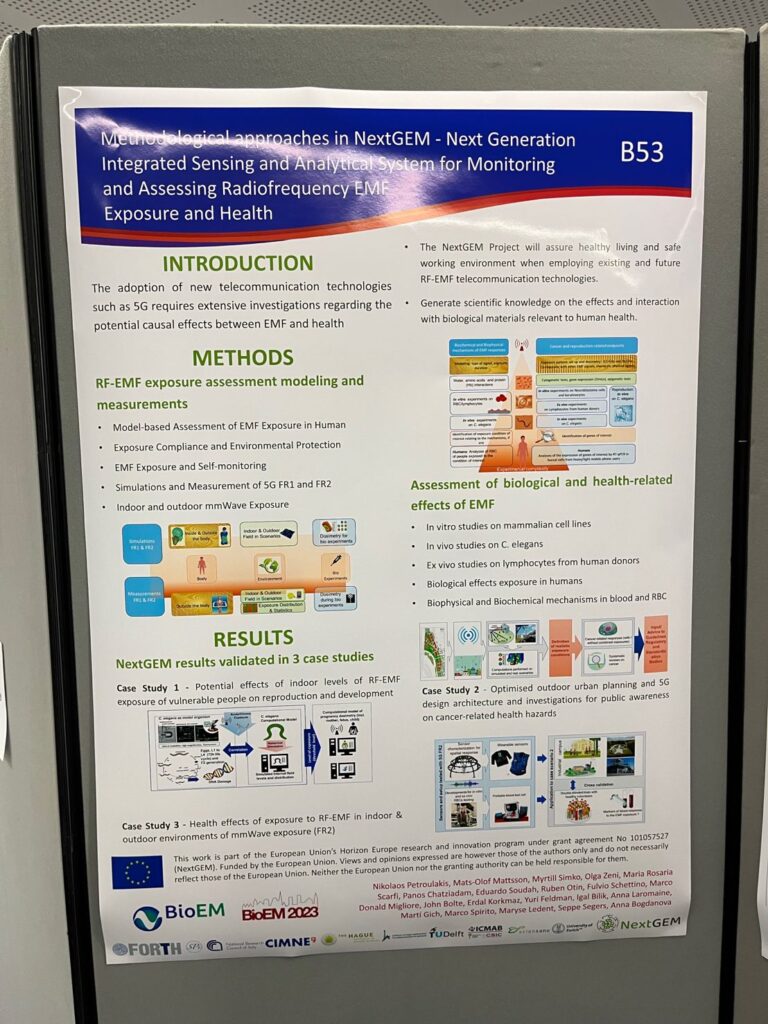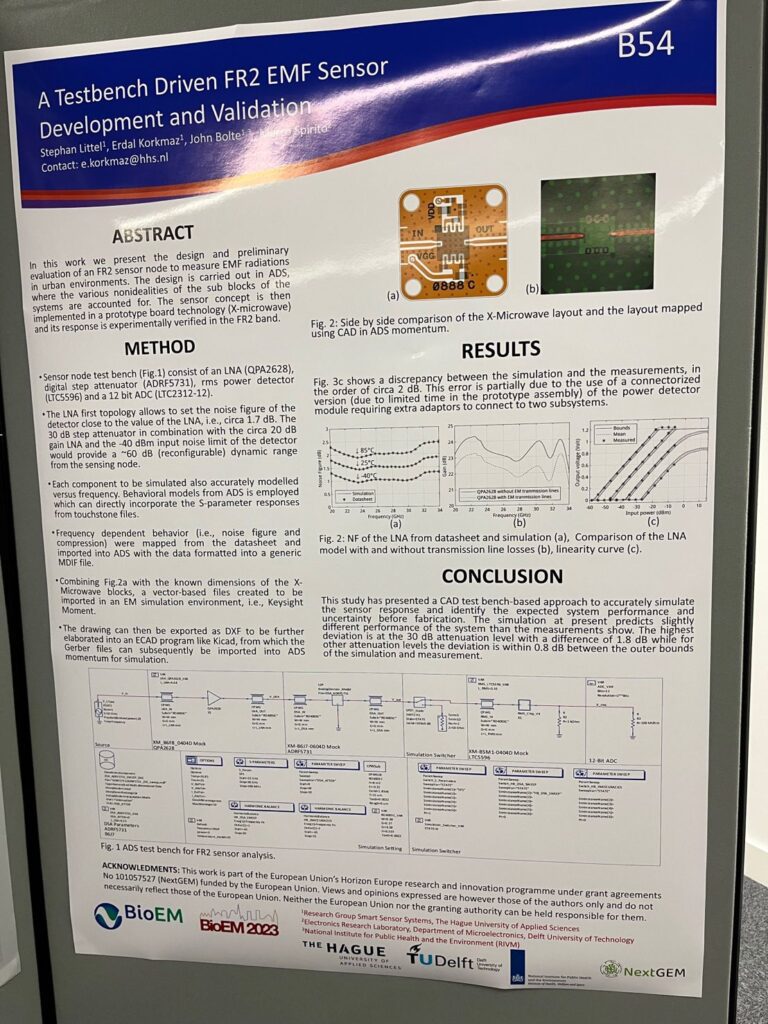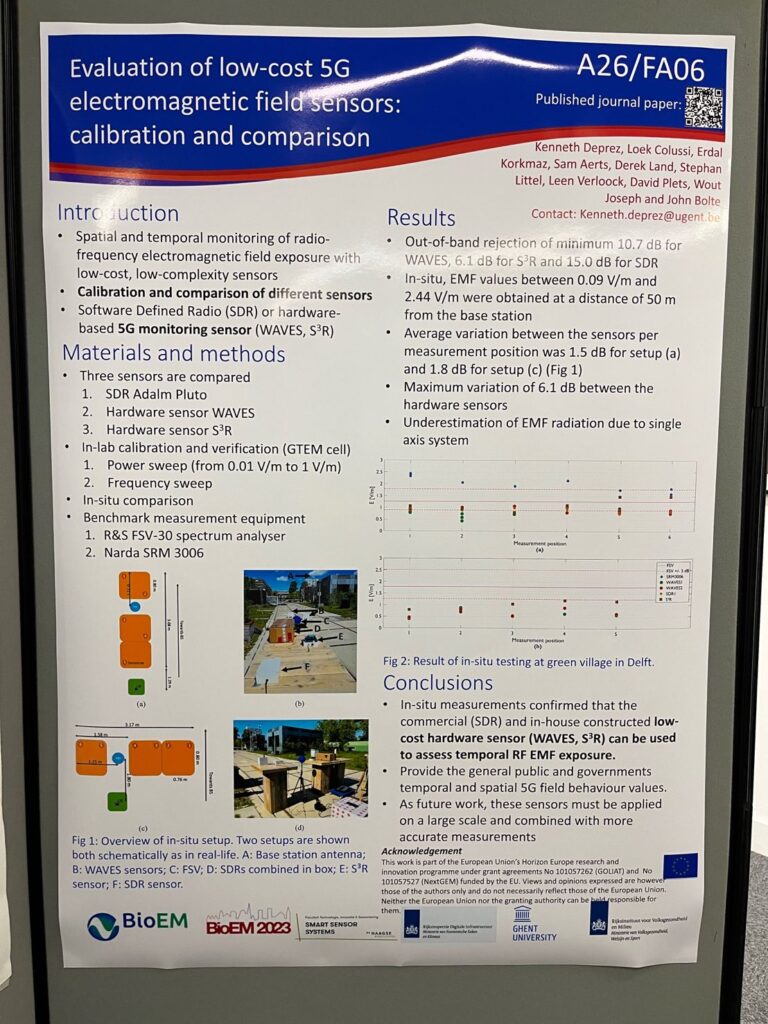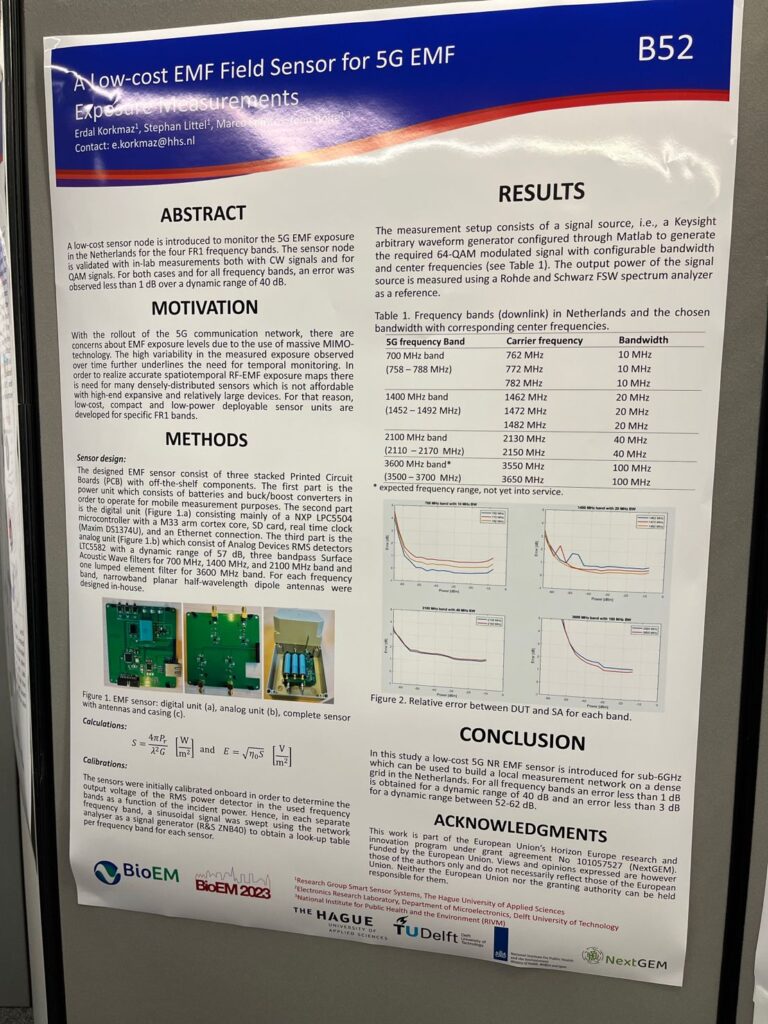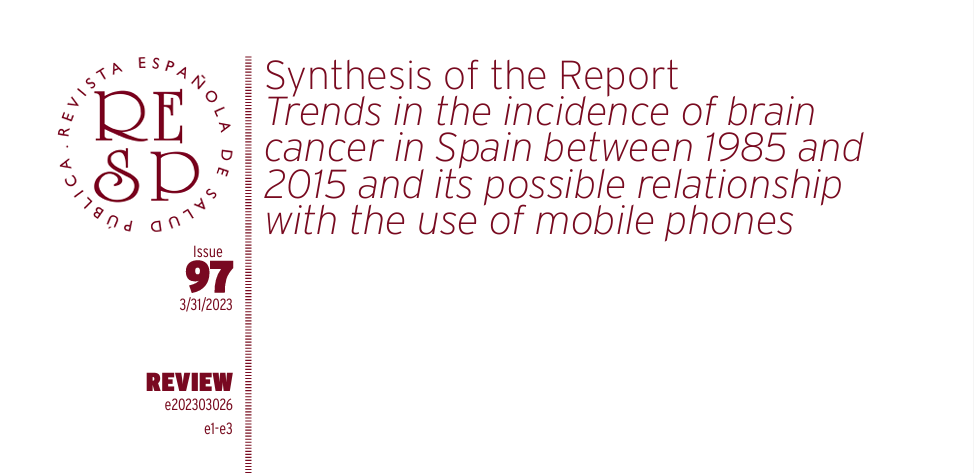BioEM 2024 in Chania, Greece 16-21 June 2024
We are delighted to announce BioEM 2024, the premier international conference in the field of bioelectromagnetics, taking place from June 16th to 21st, 2024, in the picturesque city of Chania, on the beautiful island of Crete, Greece. This event is supported by NextGEM, and its project coordinator holds the chair of the local organising committee.
BioEM is renowned as the largest and most significant global conference in bioelectromagnetics, drawing participants from academia and industry worldwide. BioEM 2024 marks the third annual meeting of the new BIOEM Society, a merger between the Bioelectromagnetics Society (BEMS) and the European BioElectromagnetics Association (EBEA).
The conference will be hosted at the luxurious Minoa Palace Resort Hotel, a 5-star beachfront property in Platanias, just 12km west of Chania and a 30-minute drive from Chania International Airport. The Minoa Palace Conference Center offers state-of-the-art facilities, cutting-edge design, and a stunning view of the Aegean Sea, making it an ideal venue for conferences, workshops, and exhibitions.
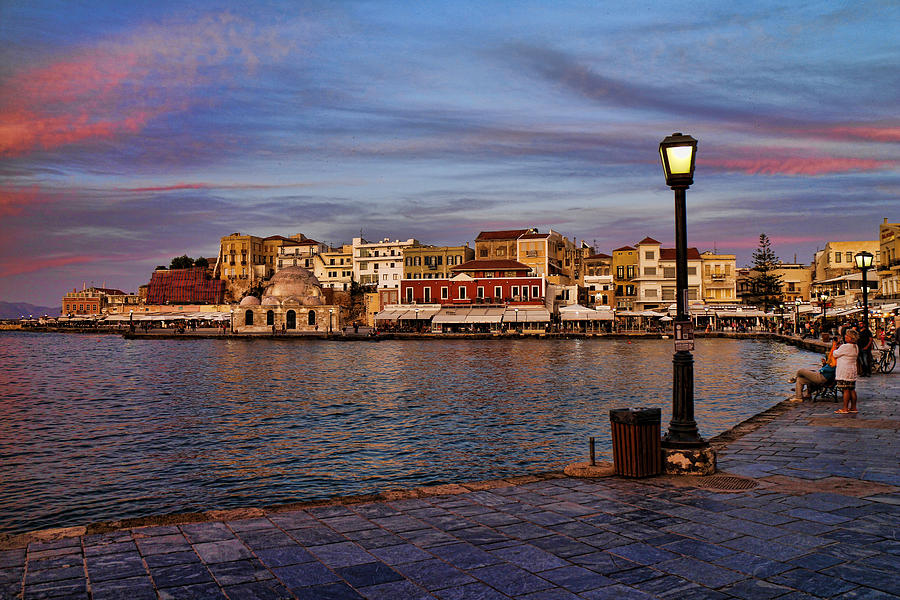
BioEM 2024 promises an enriching experience, facilitating the exchange of scientific knowledge, highlighting the latest research, and fostering professional relationships. The five-day program will feature invited talks by renowned scientists, special sessions, workshops, tutorials, technical and poster sessions, and social events.
A special focus will be on student contributions, nurturing the next generation of researchers. Students will have opportunities to present their work, enhance presentation skills, engage in competitions, and network with peers from around the world.
Beyond the conference, BioEM 2024 invites you to explore the historical city of Chania, the second largest in Crete and a popular tourist destination. Crete, the birthplace of the ancient Minoan civilization, offers a unique blend of history, culture, mountains, and sea. Its strategic location has made it a cultural crossroads where myths and history intertwine, making every corner of the island a story waiting to be discovered.
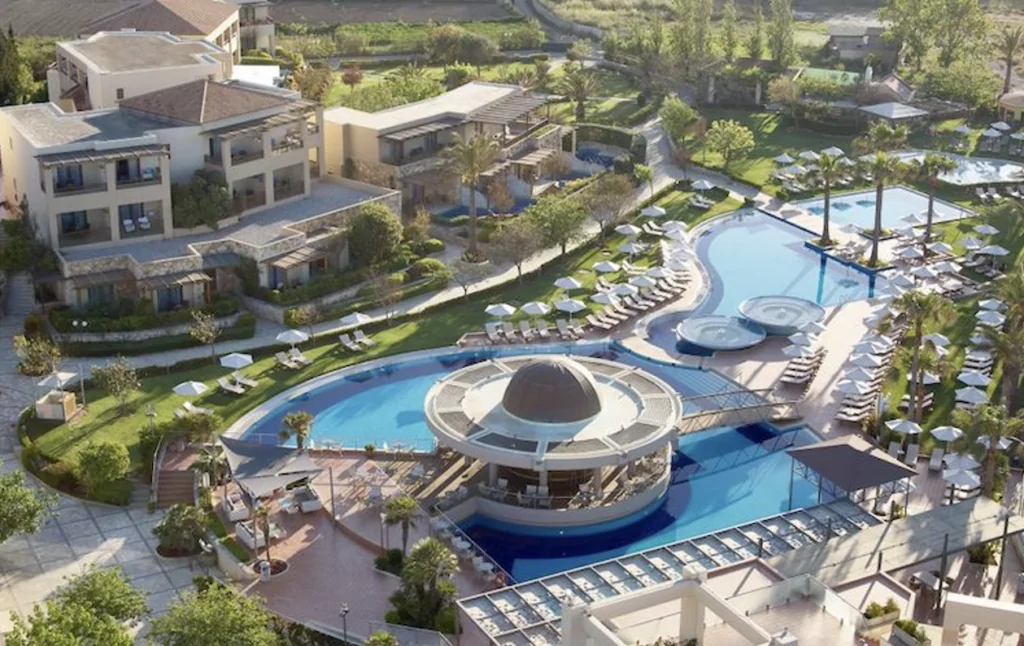
We look forward to welcoming you to BioEM 2024 in Chania, Crete, for an unforgettable scientific and cultural experience.
For more information please visit the BioEM 2024 official site!
BioEM 2024 in Chania, Greece 16-21 June 2024 Read More »

